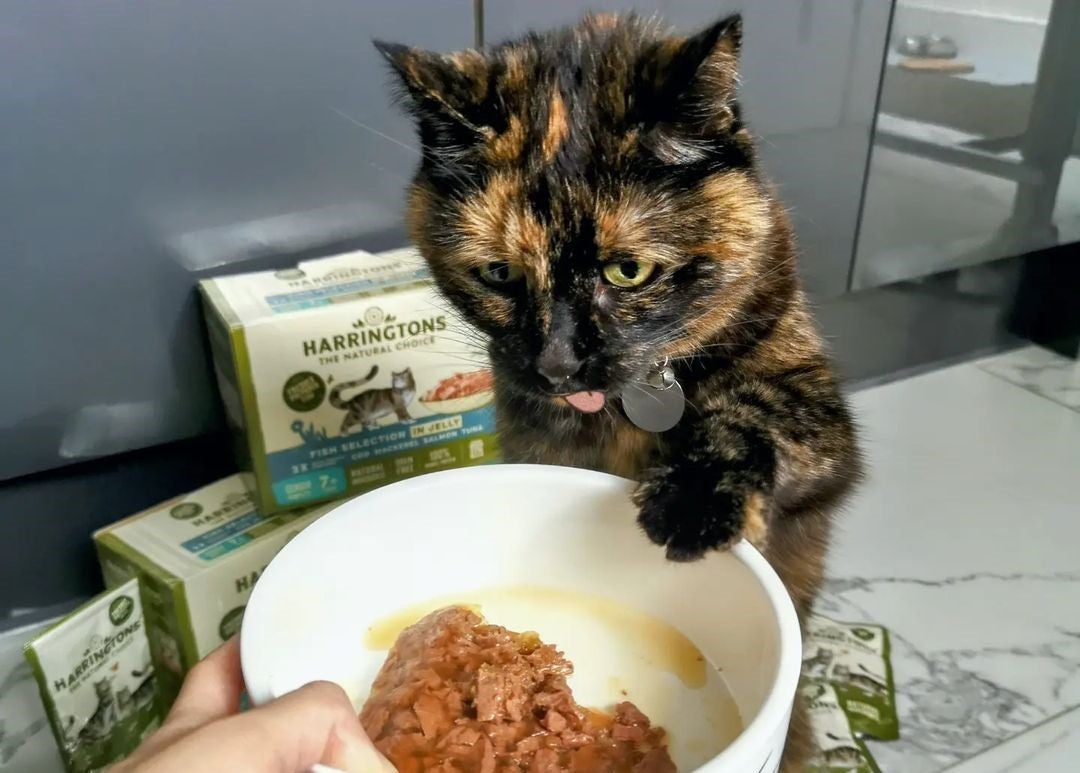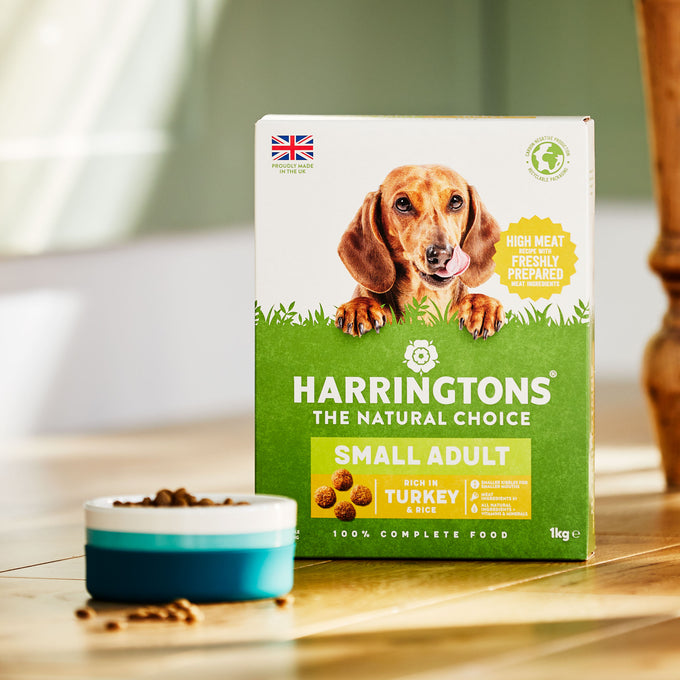As responsible pet owners, we all want the best for our beloved feline companions. One of the key aspects of caring for your cat's health and well-being is ensuring they receive proper nutrition through their diet. So we're here to provide you with expert advice on feeding your cat, from determining the right portion size to catering to finicky eaters.
Understanding Your Cat's Dietary Needs
Feeding your cat requires a tailored approach that takes into account their unique characteristics, such as age, weight, and lifestyle.
- Age: Cats have different nutritional needs at various stages of life. Kittens require more energy and nutrients for growth, while adult cats need a balanced diet to maintain their health. Senior cats may benefit from specialised diets that address age-related issues.
- Weight: The weight of your cat plays a significant role in determining their portion size. Overweight cats may need portion control, while underweight cats might require more calories.
- Lifestyle: Consider your cat's activity level. Active cats, such as outdoor adventurers, may need more calories than their indoor counterparts. Cats with special conditions, like pregnant or nursing cats, also need adjusted diets.
Portion Control
You can find helpful feeding guidelines on our website to determine the appropriate portion size based on your cat's weight. For example, we recommend feeding an adult cat (4kg) about 2.5 pouches of our Complete Grain-Free Adult Meaty Selection in Jelly per day.
Here's a general guideline to help you understand portion sizes for adult cats:
- 1-3kg: Harringtons wet food, fed on its own: 2 pouches. When mixed with dry: 1.5 pouches + 10g dry
- 3-5kg: Harringtons wet food, fed on its own: 3 pouches. When mixed with dry: 2 pouches + 10g dry
- 6kg+: Harringtons wet food, fed on its own: 3.5 pouches. When mixed with dry: 2.5 pouches + 10g dry

Remember that these are just guidelines, and individual cats may have different needs. Always monitor your cat's weight and adjust their portion size accordingly.
Feeding Frequency
Cats are known for their small, frequent meals in the wild. It's a good idea to mimic this feeding pattern with your domestic cat. Consider dividing their daily portion into two or three meals to keep them satisfied and prevent overeating.
Tips for Dealing with Fussy Eaters
Fussy eaters can pose a challenge, but with some patience and creativity, you can encourage them to enjoy their meals:
-
Try Different Textures: Cats can be particular about the texture of their food. If your cat refuses one type of food, experiment with different textures like chunks in gravy, or jelly.
-
Gradual Transition: When introducing new foods or transitioning to a new brand, do so gradually. Mix a small amount of the new food with their current diet, increasing the proportion over time.
-
Temperature Matters: Some cats prefer their food at room temperature, while others might like it slightly warmed. Experiment with different temperatures to see what your cat prefers.
-
Interactive Feeding: Make mealtime more engaging by using puzzle feeders or toys that dispense kibble. This can stimulate your cat's mental and physical activity.
-
Consult a Vet: If your cat consistently refuses to eat or loses their appetite, consult with your vet. Underlying health issues could be the cause, and they can provide guidance on a suitable diet.
Feeding your cat isn't just about providing sustenance; it's about ensuring their health, happiness, and wellbeing. By considering factors like age, weight, and lifestyle you can provide your feline friend with the nutrition they need.
And if you have a picky eater on your hands, remember that patience and creativity can go a long way in getting them to enjoy their meals.

